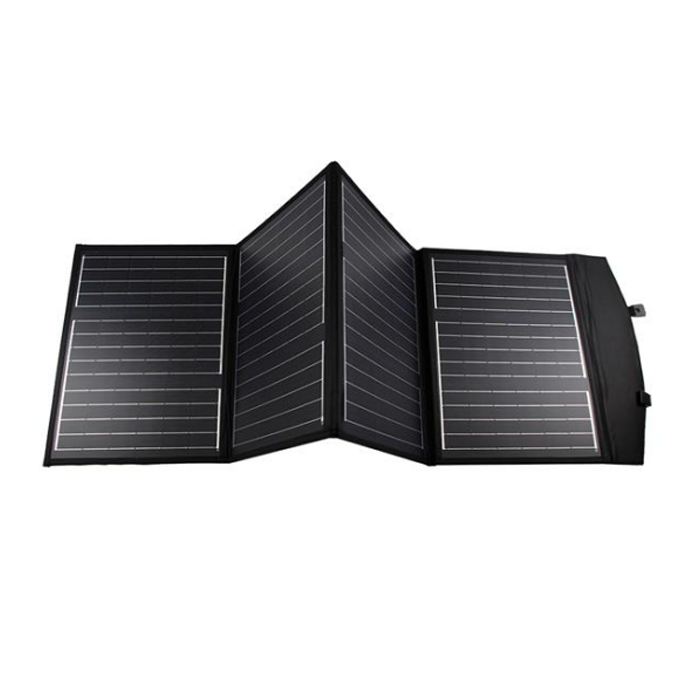Rhyolite porphyry is a fascinating volcanic rock that has garnered significant interest among geologists and mineralogists due to its unique mineral composition and formation processes. Understanding the minerals present in rhyolite porphyry not only enhances our knowledge of volcanic activity but also has practical implications in fields such as mining, construction, and environmental science. In this article, we will delve into the intricate mineralogy of rhyolite porphyry, exploring its primary constituents, their formation, and their significance.
What is Rhyolite Porphyry?
Rhyolite porphyry is an igneous rock characterized by its fine-grained matrix and larger crystals, known as phenocrysts. It is primarily formed from the rapid cooling of lava that is rich in silica, typically exceeding 70% SiO2. This high silica content is what distinguishes rhyolite from other volcanic rocks, such as basalt. The porphyritic texture indicates that the rock underwent a two-stage cooling process: the initial slow cooling allowed for the formation of larger crystals, followed by rapid cooling that resulted in a fine-grained groundmass.
Key Minerals Found in Rhyolite Porphyry
The mineral composition of rhyolite porphyry is diverse, with several key minerals contributing to its overall characteristics. The primary minerals typically found in rhyolite porphyry include:
- Quartz: As one of the most abundant minerals in rhyolite porphyry, quartz often appears as clear or milky crystals. Its presence is indicative of the high silica content of the rock. Quartz contributes to the rock's durability and resistance to weathering.
- Feldspar: Rhyolite porphyry commonly contains both plagioclase and alkali feldspar. Plagioclase feldspar, typically in the form of oligoclase or andesine, is often found in the groundmass, while alkali feldspar, such as sanidine, is frequently present as phenocrysts. These feldspars are crucial for the rock's overall texture and contribute to its light coloration.
- Biotite and Muscovite: These mica minerals are often present in smaller quantities within rhyolite porphyry. Biotite, a dark-colored mica, can impart a slight sheen to the rock, while muscovite, a lighter-colored mica, adds to the overall mineral diversity. Their presence can influence the rock's weathering characteristics and stability.
- Amphibole: Although less common, amphibole minerals such as hornblende may also be found in some rhyolite porphyry samples. These minerals can provide insights into the temperature and pressure conditions during the rock's formation.
- Accessory Minerals: Rhyolite porphyry may also contain a variety of accessory minerals, including zircon, apatite, and magnetite. These minerals, while not abundant, can be critical for geochronological studies and understanding the evolutionary history of the volcanic system.
Formation and Geological Significance
The formation of rhyolite porphyry is closely linked to tectonic processes, particularly in continental volcanic arcs and rift zones. The high silica content suggests that the magma originated from the melting of continental crust or from the partial melting of subducted oceanic plates. The presence of phenocrysts indicates that the magma underwent a prolonged period of crystallization before erupting.
Geologically, rhyolite porphyry serves as an important indicator of volcanic activity and can provide valuable information about the evolution of volcanic systems. Its mineral composition can reveal the conditions under which the magma formed and the processes that led to its eruption. Additionally, the study of rhyolite porphyry can aid in understanding the potential for mineral deposits, particularly in regions where these rocks are prevalent.
Practical Implications
The mineral composition of rhyolite porphyry has practical implications in various industries. For instance, the presence of quartz and feldspar makes rhyolite porphyry a valuable resource in the construction industry, where it can be used as an aggregate in concrete and asphalt. Furthermore, the study of accessory minerals can assist in exploration geology, particularly in identifying potential sites for mining operations.
Conclusion
In summary, the mineral composition of rhyolite porphyry is complex and varied, reflecting the geological processes that shape our planet. By understanding the key minerals present in this rock, we can gain insights into volcanic activity, the formation of mineral deposits, and the practical applications of these materials in various industries. As research continues to evolve, the significance of rhyolite porphyry in both geological and practical contexts will undoubtedly expand, offering new opportunities for exploration and innovation.

